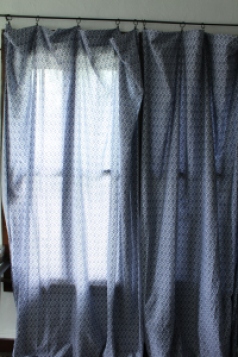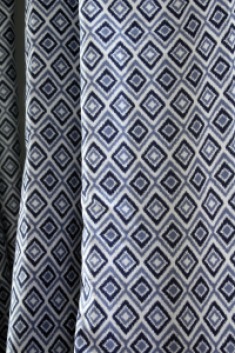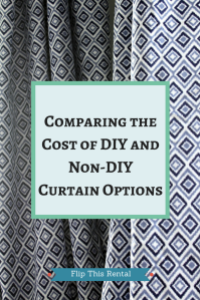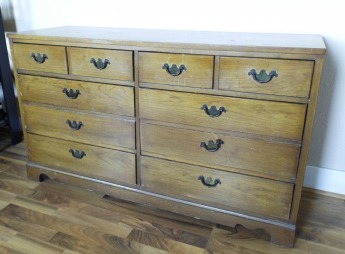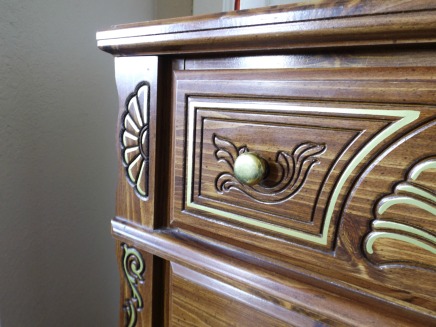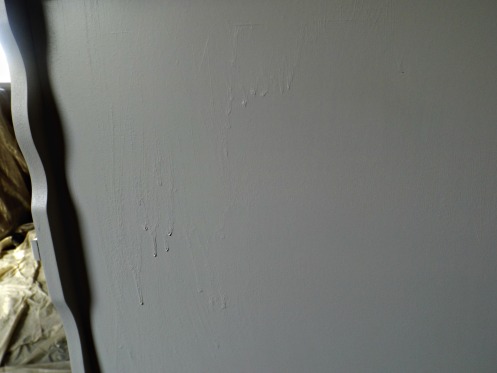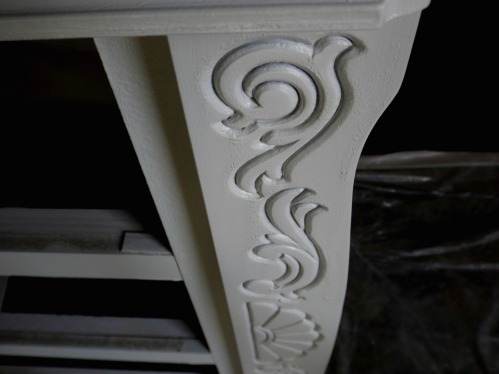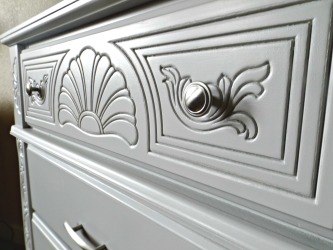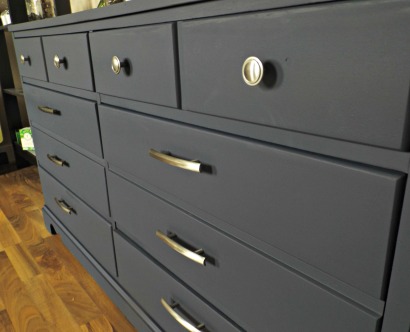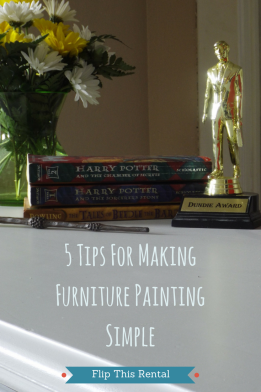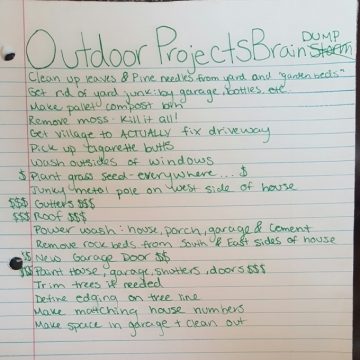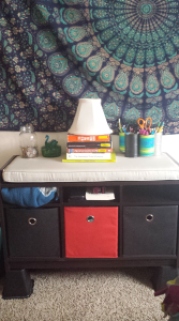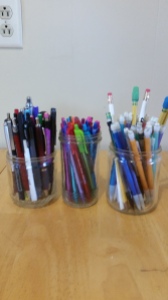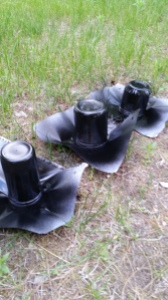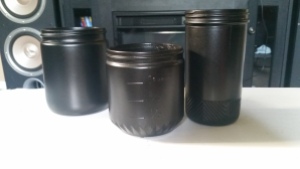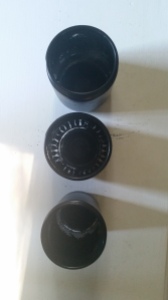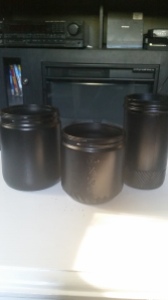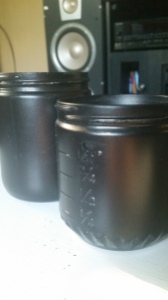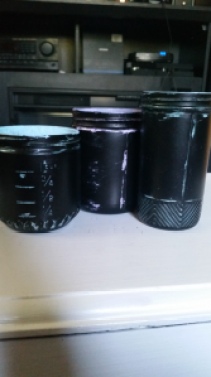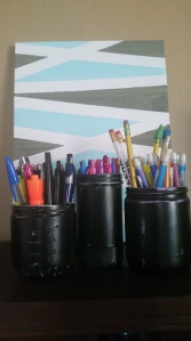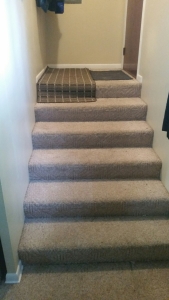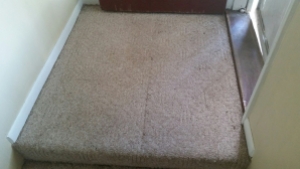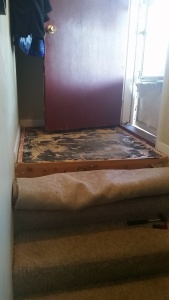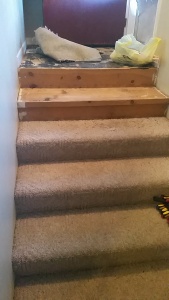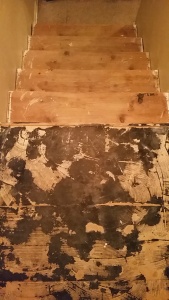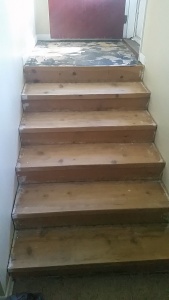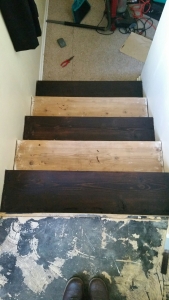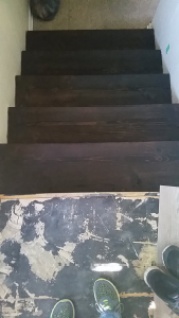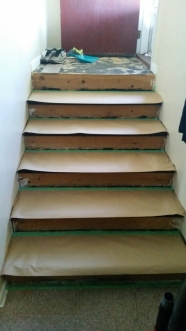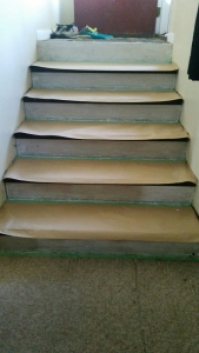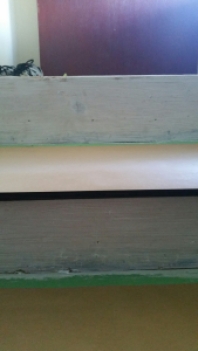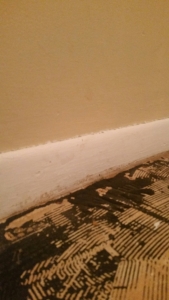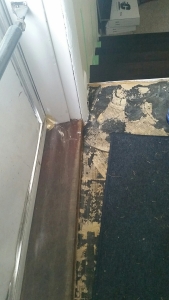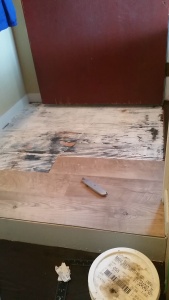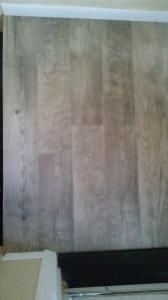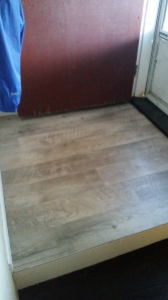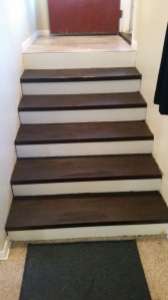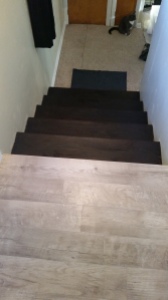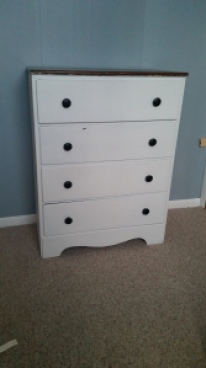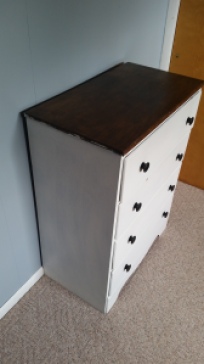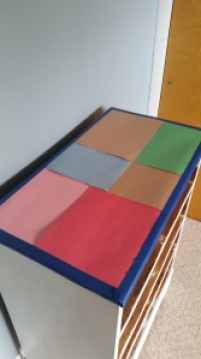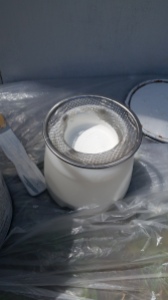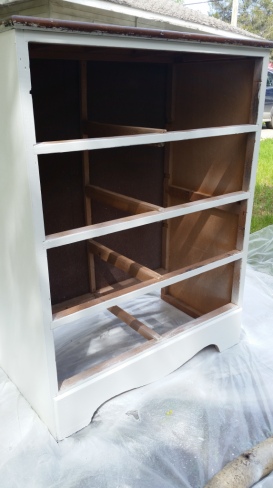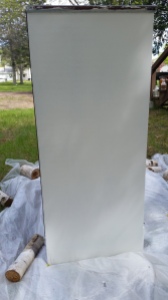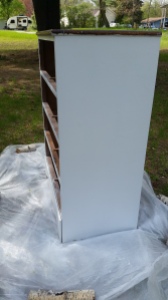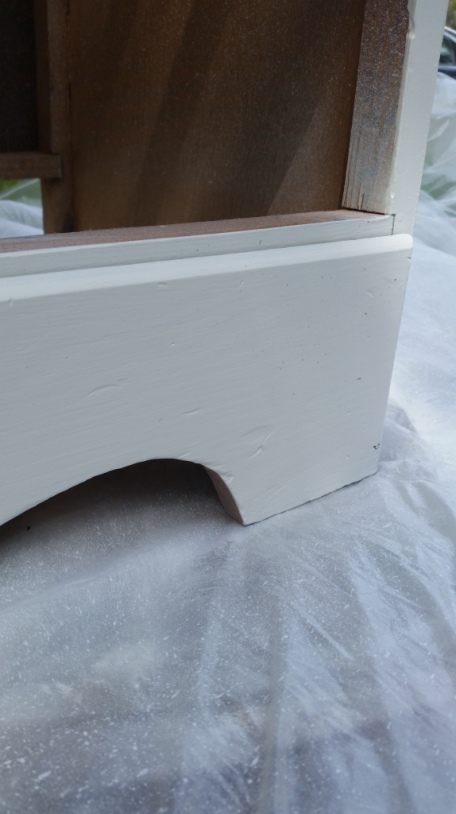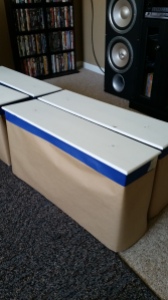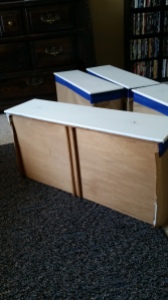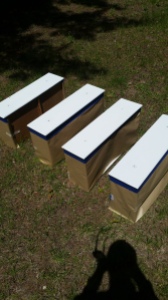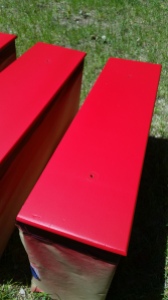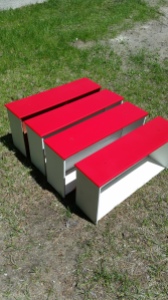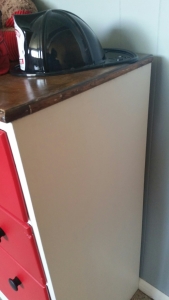Recently I have been working with my uncle a lot who owns Custer’s Renovations & Paint. He does any kind of finishing work you can think of, and I have been learning a ton about painting. So today I’d like to share with you 5 tips on how to achieve a professional paint job on your own. Specifically, I’ll show you how I implemented what I learned when I painted my own bathroom.
Scrape, Repair, & Caulk
One of the first steps to achieving a professional paint job is doing the appropriate prep work. If there are any bumpy areas left from a previous paint job make sure to scrape them away. Fill in any holes and areas that have been dinged. If there are any gaps in the trim make sure to caulk them with paintable latex caulk.
When my bathroom was painted previously there were a bunch of areas where paint splattered off of the roller and left tiny little bumps everywhere. Scraping these away ensured my paint job would be as smooth as possible. The window was painted quite poorly before so it made it difficult to get everything scraped off. However, what I did manage to scrape off and fix made a big difference. There were also huge gaps around the window that made the room look unfinished and overall kind of dingy.






Sand & Dust
After your repairs dry, make sure to sand the patches and ideally, sand all of the walls with a fine grit sandpaper. Sanding the entire wall ensures you didn’t miss any little bumps and the finish will be smooth. Before painting, take a rag and dust the walls and trim.
It’s also a really good practice to sand in between coats and to do at least two coats.
Lighting
One of the most interesting tips my uncle showed me is how he uses lighting. In his opinion, lighting is one of the biggest factors in catching imperfections. By shining a big, bright light across the wall, you see any flaws such as bumps or drips because the light will create shadows across these areas. Without the light, you might not catch these because natural light doesn’t have the same effect. You might not notice some imperfections when you’re painting but will catch them later on because the lighting has changed. By using a light right off the bat you’re more likely to catch the mistakes.
Details
Another major factor in achieving a professional paint job is paying very close attention to detail. Wipe up any drips you spot or anywhere you painted “outside the lines”. By paying attention to detail throughout the process you will avoid fixing mistakes later on, which is often more difficult than fixing mistakes as they happen.
You want to roll on a decently thick coat of paint, but there is a fine line because you really want to avoid drips. It takes a bit of practice to get used to the feel of the perfect amount of paint and it can also depend on the type of paint you’re using. Some paints, such as Behr, are runnier than others.
One thing I noticed that makes a huge difference in the quality of my own painting is not taping things off. It takes me a lot of time to tape trim off and I can never seem to get the tape sealed right. I actually end up getting more paint on the trim when I tape than if I don’t tape and paint carefully. The key here is to keep a damp rag near you so you can wipe up any little spots where you go outside the lines. The more you practice the less you’ll have to wipe anything up. My uncle is a very skilled professional who is a lot faster, and better, at taping than I am so he’ll tape things here and there.
Stipple
Last but not least, stipple your brush as you’re cutting in. By this I mean dab your brush on the wall instead of dragging it down the wall. This helps match the texture of the roller so you don’t end up seeing brush marks. Typically I drag my brush down the wall to get the right amount of paint on. Then, I go back and stipple it.
These techniques are easy to do and don’t take much time on top of the amount of time it already takes to paint. In the long run, it’s well worth it in order to achieve a professional paint job.
And, of course, I have to show you the before and after pictures 🙂






The walls are painted with Sherwin Williams Svelte Sage, and the ceiling is painted with Devoe Paint Simplicity Stone.
What’s your favorite tip for a professional paint job?

If you liked this post, feel free to share it 🙂
See You Around!
Lauren <3










